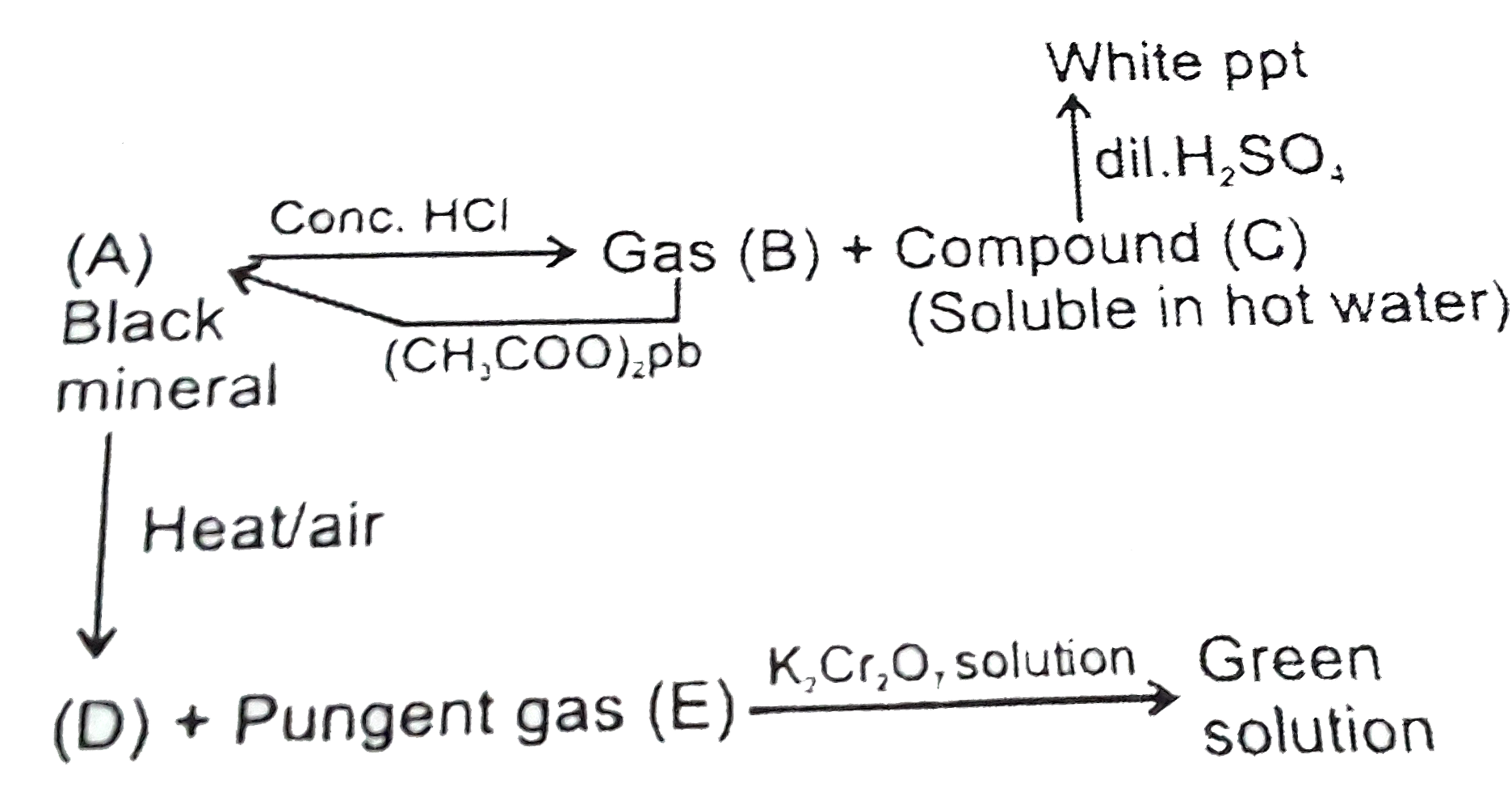Assertion:A solution of bromine in CCl4 is decolorised on passing acetylene gas through it
Reasoning : Bromine is expelled from the solution by acetylene gas
Assertion is true but the Reason is false
Assertion is false, Reason is true
Both Assertion and Reason are true and the Reason is a correct explanation of the Reason.
Both Assertion and Reason are true but Reason is not a correct explanation of the assertion.
The correct Answer is:A
To solve the question, we need to analyze both the assertion and the reasoning provided.
1. Understanding the Assertion:
- The assertion states that a solution of bromine in carbon tetrachloride (CCl4) is decolorized when acetylene gas (C2H2) is passed through it.
- Bromine (Br2) is a reddish-brown liquid, and when it reacts with unsaturated compounds (like acetylene), it undergoes an addition reaction, which leads to the loss of color (decolorization).
2. Chemical Reaction:
- When acetylene (C2H2) is introduced to bromine in CCl4, the acetylene reacts with bromine to form dibromoethane (C2H2Br2).
- The reaction can be represented as:
C2H2+Br2→C2H2Br2
- This reaction indicates that the bromine is being consumed in the reaction, leading to the decolorization of the bromine solution.
3. Conclusion on Assertion:
- Since the bromine solution is indeed decolorized due to the reaction with acetylene, the assertion is true.
4. Understanding the Reasoning:
- The reasoning states that "bromine is expelled from the solution by acetylene gas."
- However, this statement is misleading. Bromine is not expelled; instead, it is consumed in the reaction with acetylene.
5. Conclusion on Reasoning:
- Therefore, the reasoning is false because it incorrectly describes the process as expulsion rather than consumption.
6. Final Answer:
- The correct conclusion is that the assertion is true, but the reasoning is false. Thus, the answer is: Assertion is true, Reason is false.
- The assertion states that a solution of bromine in carbon tetrachloride (CCl4) is decolorized when acetylene gas (C2H2) is passed through it.
- Bromine (Br2) is a reddish-brown liquid, and when it reacts with unsaturated compounds (like acetylene), it undergoes an addition reaction, which leads to the loss of color (decolorization).
- When acetylene (C2H2) is introduced to bromine in CCl4, the acetylene reacts with bromine to form dibromoethane (C2H2Br2).
- The reaction can be represented as:
C2H2+Br2→C2H2Br2
- This reaction indicates that the bromine is being consumed in the reaction, leading to the decolorization of the bromine solution.
- Since the bromine solution is indeed decolorized due to the reaction with acetylene, the assertion is true.
- The reasoning states that "bromine is expelled from the solution by acetylene gas."
- However, this statement is misleading. Bromine is not expelled; instead, it is consumed in the reaction with acetylene.
- Therefore, the reasoning is false because it incorrectly describes the process as expulsion rather than consumption.
- The correct conclusion is that the assertion is true, but the reasoning is false. Thus, the answer is: Assertion is true, Reason is false.
Similar Questions
Knowledge Check
The E∘ values of redox complex of halogens are given. Based on these values mark the correct statement.
E∘I2/CI−=+0.54V,E∘Br2/Br−=+1.08V,
E∘Cl2/Cl−=+1.36V, (A)Chlorine can displace bromine and iodine from their salt solutions. (B)Chlorine can only displace iodine from its salt solution. (C)Bromine can displace chlorine from its salt solution. (D)Iodine can displace chlorine and bromine from their salt solutionsAChlorine can displace bromine and iodine from their salt solutions.BChlorine can only displace iodine from its salt solution.CBromine can displace chlorine from its salt solution.DIodine can displace chlorine and bromine from their salt solutions.
Aqueous solution of the following compounds are electrolysed . Acetylene gas is obtained from
View SolutionThe colour chage observed when excess ethyne is passed through the solution of bromine water is
View SolutionAcetylene on passing through excess of HOCl solution forms
View Solution
Gas (B) on passing through cadmium acetate solution will give :
View SolutionH2S gas on passing through an alkline solution , forms a white precipitate .The solution contains ions of
View SolutionAssertion (A): Colour of KMnO4 disappears when dihydrogen gas is bubbled through it.
Reason (R) :Dihydrogen gas is highly inflammable.
View SolutionTreatment of phenol with bromine dissolved in CCl4 gives :
View Solution
